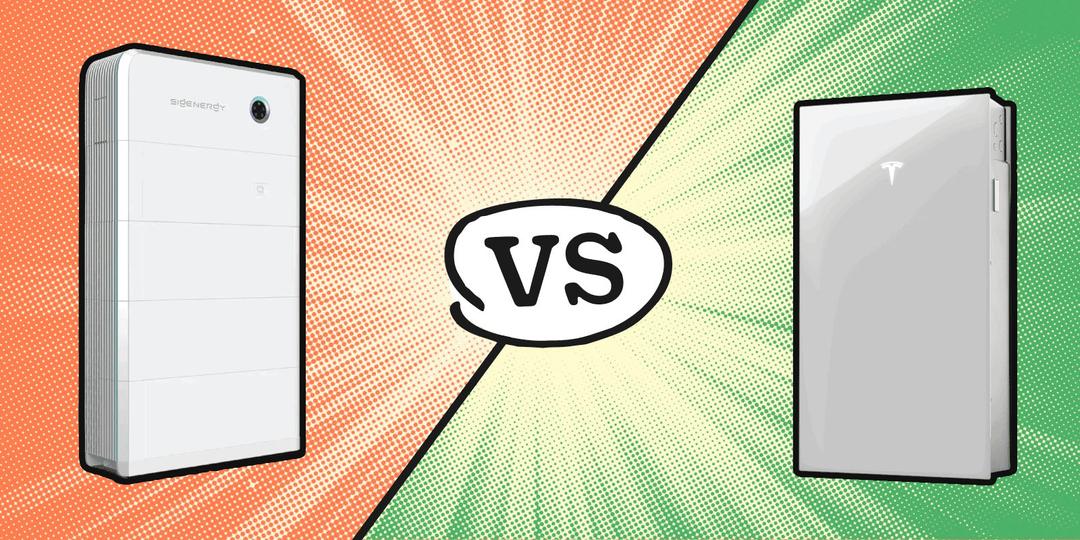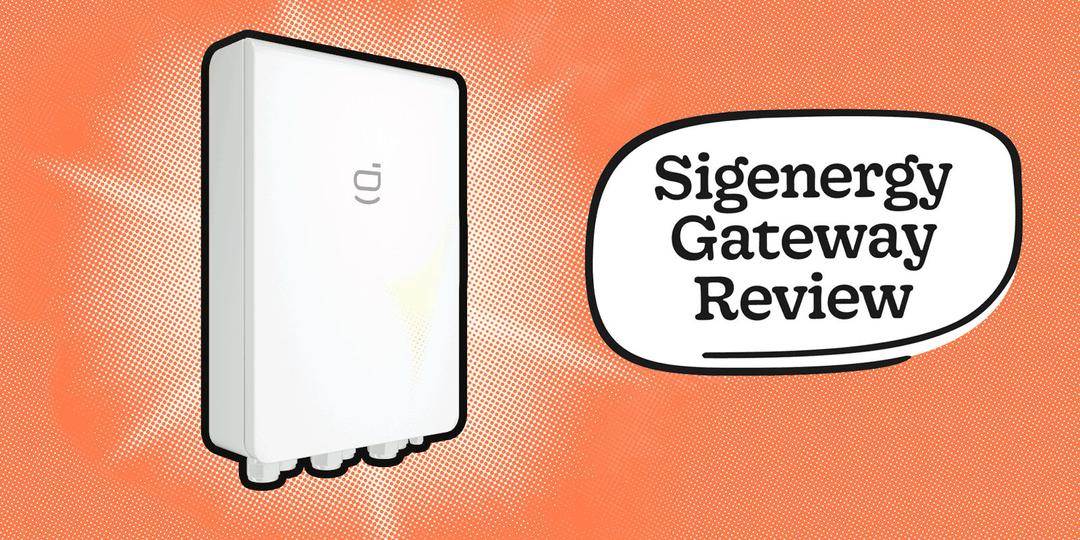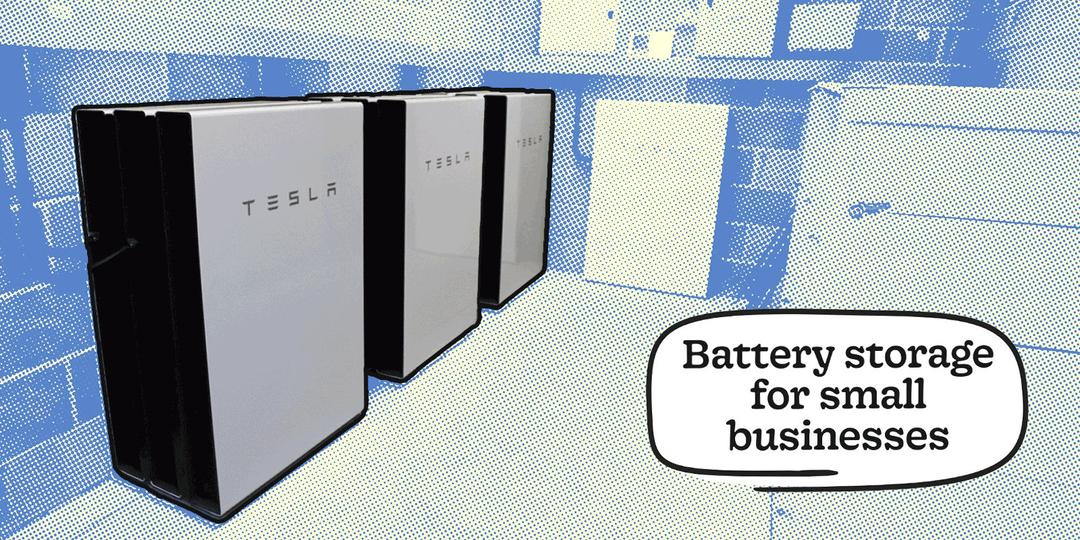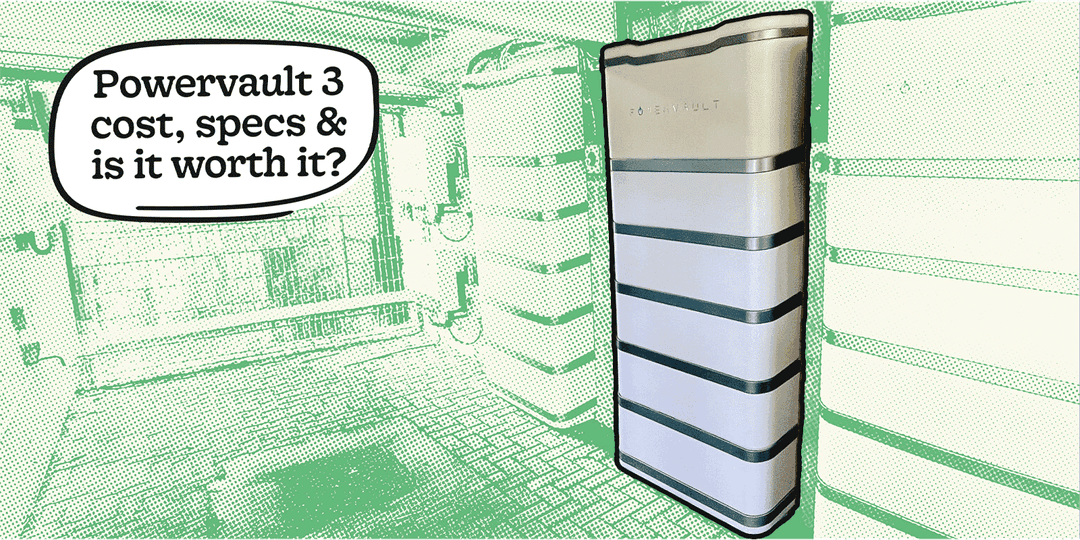Understanding all the different energy tariffs in the UK can be overwhelming. This guide will help explain the different types and which tariff is best for you.
Energy bills have been a contentious issue in the UK for several years now, and price caps seem to be rising more than they’re falling.
So it makes sense why so many UK households are worried about whether they’re getting a good deal on their energy tariffs.
Sure it can be a hassle having to shop around for a new tariff, but doing so can save money on your monthly energy bills (sometimes a lot).
This alone makes comparing tariffs worth it. Dive just a little deeper you could find a tariff with even more to offer – green incentives or cheaper EV charging, for example.
We’re giving you all the information you’ll need in this guide on comparing energy tariffs in the UK.
We’ll explain the types of tariffs, how the energy price cap affects tariffs, tips on switching tariffs, and the benefits of switching to green tariffs.
Find out how much you can expect to pay with Octopus and sign up via this link to receive £50 credit.
🔑 Key Points:
Time-of-use tariffs offer the cheapest times to use electricity, but can be more expensive during peak hours.
Intelligent Octopus Go is the go-to export tariff for EV owners using EV chargers.
Standard variable tariffs are the most flexible tariffs on the market.
Green tariffs don’t necessarily use only renewable energy sources.
See if you’re overpaying on your current tariff by using comparison websites to check what other suppliers are offering.
Energy Tariff Types Explained
Knowing the difference between energy tariffs is the first step in finding the right one for you. Below we’ll explain each of the types of tariffs you can find in the UK.
Standard Variable Tariffs
Standard Variable Tariffs (SVTs) change their prices when your energy supplier changes its rates.
They’re the most common tariff type in the UK and can be viewed as a ‘fire and forget’ tariff – you sign up and pay whatever your supplier dictates.
You’ll likely be on an SVT if you didn’t switch suppliers or pick a new tariff when your last fixed deal finished.
SVTs are affected by the energy price cap, which is set by energy regulator Ofgem and is a cap on what you can pay per unit of energy, instead of a cap on your overall energy bill. Ofgem updates the energy price cap every three months.
Does it cost to leave an SVT?
No, you’re free to leave an SVT whenever. You’ve not tied to a contract and there are zero exit fees.
Should I choose this tariff?
Pick an SVT if flexibility is important to you. You might not get the best possible energy rates, but you won’t be tied to a contract or incentivised to use electricity during off-peak times.
Things to keep an eye out for
The main problem with SVTs is that prices can change every three months (because of the price cap) and you don’t have any control over that.
Your supplier will have to give you a month’s notice beforehand though, so you’ll have time to switch tariffs and/or suppliers.
Read more:
Fixed Energy Tariffs
Fixed energy tariffs set the price you’ll pay for the entirety of your contract.
Your gas and electricity prices will be fixed by your supplier and however long you’re with the contract (12 or 24 months usually), the price will remain the same.
Keep in mind it’s a fixed price per unit of gas and electricity - your bills aren’t fixed and you’ll pay for whatever you use each month.
Does it cost to leave a fixed energy tariff?
The majority of fixed energy tariffs have exit fees you have to pay if you choose to end the contract early.
It’s typically around £75 per fuel (so, £75 for gas and another £75 for electricity), but many fixed energy tariffs allow you to leave for free closer to the end of the contract (around 42-49 days before the contract terminates).
Should I choose this tariff?
A fixed energy tariff is great if you want to know exactly what you’ll pay for a set period of time.
It gives you space to plan, and you’ll still pay the same amount even if Ofgem raises the price cap.
Things to keep an eye out for
Just like how you won’t pay more if Ofgem raises the price cap, you won’t benefit from cheaper bills if the price cap lowers.
You should also watch out that you’re not paying more with a fixed energy tariff than you would if you were to stick with a price-capped SVT.
Energy prices are pretty stable at the moment, so a fixed energy tariff might not actually be worth it.
The future is never certain though, meaning a fixed rate tariff remains the surest way to protect against energy price fluctuations for the time being.
Time-of-use Tariffs
Time-of-use tariffs offer UK households cheaper electricity when demand on the grid is lower.
This incentivises using demanding appliances (such as washing machines and tumble driers) during off-peak hours.
Electricity generally costs more during peak hours on a time-of-use tariff, so households will need to adjust usage accordingly.
To get a time-of-use tariff, you’ll need a smart meter, which’ll track how much energy you’re using at certain times of the day.
Here’s a list of the suppliers in the UK currently offering time-of-use tariffs:
Octopus
British Gas
OVO Energy
100Green
Ecotricity
Scottish Power
EDF
E.ON
Good Energy
Does it cost to leave a time-of-use tariff?
Yes there can be exit fees with a time-of-use tariff.
Check if this is the case with your supplier before committing to the tariff, and also ask about contract duration.
Should I choose this tariff?
Time-of-use tariffs are a great option if you’re able to use the bulk of your electricity during the cheaper, off-peak hours.
Things to keep an eye out for
Peak hours can be much more expensive than other tariffs, so if you expect to use a lot of electricity during peak hours (4pm to 7pm on a weekday for example), a time-of-use tariff might not be the best option.
Additionally, many suppliers require that you have certain equipment installed, such as solar panels or an EV charger.
Read more:
Prepayment Tariffs
Prepayment tariffs, also called pay-as-you-go tariffs, require you to pay for your electricity in advance. To get a prepayment tariff, you’ll either need a prepayment meter, or a smart meter setup in prepayment mode.
You top up your prepayment tariff using tokens, cards, or a key, or you can do so online if you’ve set up your smart meter accordingly.
Does it cost to leave a prepayment tariff?
No, but to switch supplier and tariff you’ll typically need less than £500 of debt on your prepayment meter. Your supplier likely won’t let you change how you pay for your electricity either if you have debt outstanding.
Should I choose this tariff?
Prepayment tariffs can be good if you find it a simpler way to manage your bills. Also, since 2024, prepayment price-capped tariffs have worked out slightly cheaper than direct debit tariffs. You won’t get access to the same level of fixed rate options however.
Green Tariffs
Green tariffs use renewable energy sources such as hydroelectric, wind, or solar power.
They’re a popular choice for people conscious of their carbon emissions and oftentimes, the money made from green tariffs goes towards supporting renewable infrastructure.
Realistically, your electricity comes from the same grid everyone uses, and there’s not much control over whether the electricity is guaranteed to be green or not. Instead, energy suppliers promise to buy enough renewable energy to match the amount of electricity you use.
Called Renewable Energy Guarantees of Origin (REGOs), these function like contracts proving a specified amount of electricity comes from renewable energy sources.
Another lens to view choosing a green tariff through is to show that there’s a demand for green energy. The more people opting for green tariffs, the more it’s clear renewables are in demand, and the faster the UK can transition to net zero emissions.
Does it cost to leave a green tariff?
It depends what type of green tariff you opt for. Choosing a fixed green tariff for example, will incur exit fees the same way an ordinary fixed energy tariff does. Leaving a green SVT though, likely won’t involve any exit fees.
Should I choose this tariff?
Pick a green tariff if you want to make it clear that there’s a demand for green electricity. Just be aware that a green tariff doesn’t guarantee that the electricity supplied to you is from renewable sources.
Some suppliers, such as Octopus, offer tariffs that are 100% renewable. We created a list of the UK’s greenest energy suppliers to help, and many of the suppliers here offer tariffs using 100% renewable energy. Some even offer tariffs with unique incentives such as local wildlife protection.
☀️ Psst… if you want the very best way to save money on your electricity bills, it’s solar panels. And guess what, we install them! To get started, simply answer these questions and we’ll give you a fixed price and arrange your free design. 🏠
What Is the Energy Price Cap and Why Does It Affect Energy Tariffs?
The energy price cap is a limit set on how much energy suppliers can charge you for a unit of electricity. Right now, the energy price cap (1 October to 31 December 2025) is set at £1,755 per year.
This for a typical UK household using gas and electricity and paying their energy bill via direct debit. Ofgem updates the price cap every three months.
What you’ll pay for your energy depends on where you live, but it won’t be drastically different.
It’s also important to remember that the energy price cap is not a cap on your total energy bill – what you’ll pay will depend on how much energy you use each month.
It’s predominantly standard variable tariffs that are affected by the energy price cap, as it affects what their daily standing charges are.
Other tariffs, such as fixed rate tariffs, aren’t affected by the fluctuating changes of the price cap. Suppliers will still consider the cap when setting the prices for a fixed tariff though, it just means your bills won’t change every three months.
Read more:
Comparing Tariff Types
Around 92% of UK homes are on standard variable tariffs, according to Ofgem, but currently, it might be worth considering a fixed energy tariff. MoneySuperMarket suggests some UK households could save up to £679 with a fixed energy tariff, which is pretty great honestly.
Keep in mind though that if the energy price cap drops significantly, you won’t benefit from this on a fixed tariff.
If you have solar panels and battery storage (or just solar panels alone), then definitely consider signing up for an export tariff.
You’ll be able to make some extra money by exporting any excess electricity you generate back to the grid via the Smart Export Guarantee (SEG).
Tariff Type | Exit Fees | Annual Costs for Typical UK Household (Dual-fuel, Direct Debit, 2,700 kWh Electricity + 11,500 kWh Gas) |
Standard Variable Tariff | No | £1,755 |
Fixed Energy Tariff | Yes | £1,523–£1,636 (varies by provider and contract length) |
Time-of-use Tariff | No | £1,000–£1,400 (depends heavily on usage patterns as peak hours are more expensive than other tariffs) |
Prepayment Tariff | No (but you’ll need to repay any outstanding debt) | £1,705 |
Smart Export Tariff | No | N/A, export only (earnings are around £150–£300 for a typical solar household exporting 1,000–2,000 kWh per year via the SEG) |
The Benefits of Green and Renewable Tariffs
Green tariffs are predominantly tariffs where your energy supplier commits to matching the energy you consume with an equivalent amount of renewable generation, such as from wind, solar, or hydro power.
As mentioned earlier, picking a green tariff doesn’t automatically guarantee that all the energy you receive comes from renewable sources, but it is an important step in proving the demand is there for green energy.
And, many green tariffs actively fund investment in new renewable energy projects, such as wind farms and solar farms.
This part is essential because unfortunately, we live in the era of ‘greenwashing’, where companies make their products or services sound more sustainable than they actually are.
Suppliers offering green tariffs must demonstrate that they’re actually investing in renewable energy beyond legal obligations.
All this is closely regulated by Ofgem under its Green Supply Guidelines, which ensures transparency for consumers, proof that a tariff has environmental benefits, and evidence that proves where the tariff’s electricity comes from (in the form of Renewable Energy Guarantees of Origin certificates).
Tariff Mythbusting
There’s a lot of misinformation when it comes to energy tariffs, and this can lead to people missing out on energy bill savings. So we’ve mythbusted a few of the worst examples:
Green tariffs are always more expensive
Green tariffs have historically been more expensive and yes, they were a premium choice for people who could afford to spend more for the environmental benefit.
However, many green tariffs now match or beat the Ofgem price cap. Shop around and you’ll find green fixed energy tariffs lower than the current £1,755 cap – Octopus Energy’s Fixed 12-month tariff is around £1,670, or around 5% cheaper than the price cap.
Switching tariffs is risky and complicated
Nowadays, switching to a new energy tariff is straightforward (thanks to much better comparison websites) and safe (your gas and electricity supply won’t be interrupted).
As proof just under three million UK households switched energy suppliers in 2024, with some choosing to switch more than once within the year to keep on top of energy bill savings.
Also, if you swap to an energy supplier that then collapses, Ofgem’s ‘Supplier of Last Resort’ (SoLR) process guarantees you’ll be quickly assigned to a new supplier. If this happens and you’re on a fixed energy tariff, you won’t be charged exit fees.
Prepayment tariffs are always more expensive
Prepay customers paid up to 10% more on their energy in the past, but the truth is prepayment tariffs are now much closer to tariffs using direct debit payments.
In fact, it’s now roughly £1,707 for prepayment tariffs versus £1,755 for standard variable tariffs (assuming typical energy usage).
The main drawback to prepayment tariffs is having to manually top up, though smart prepay meters are making this simpler.
Tips for Switching Energy Suppliers
If you’re looking to save money on your energy bill, you should consider switching energy suppliers.
Here’s a few factors to keep an eye out for when making the switch:
Check if you can switch: If you're on a standard variable tariff, you can switch whenever you like, but if you’re on a fixed energy tariff for example, you’ll most likely have to pay exit fees. You also might not be able to switch if you currently owe your supplier money, such as having outstanding debt on a prepayment tariff.
Use price comparison websites: There are loads of great websites out there that can help you quickly and easily compare energy tariff prices. Uswitch, Money Supermarket, and Simply Switch are a few of the best-known examples. Make sure any price comparison website you use is accredited by looking out for the Ofgem logo (usually near the bottom of a website’s home page).
Additionally, when shopping around, make sure you have the following to hand:
Your current supplier.
The name of your current tariff (you can find this on your latest energy bill).
The amount of energy you use (again, found on your energy bill).
How you currently pay your energy bill, and how you’d like to pay in future with a new supplier (for example, switching from prepayment tokens to direct debit).
Your postcode.
Next Steps
Every now and then, it’s a great idea to check if you’re overpaying for gas and electricity. You can also think about adopting green technology to help reduce not only your energy bills, but your reliance on the grid, and your carbon emissions. Check out a few of our articles on battery storage to get started:
To dive deeper into these topics, head over to our advice section, check out our YouTube channel for informative videos, or read a customer case study to see how others have benefited from their battery installation.





